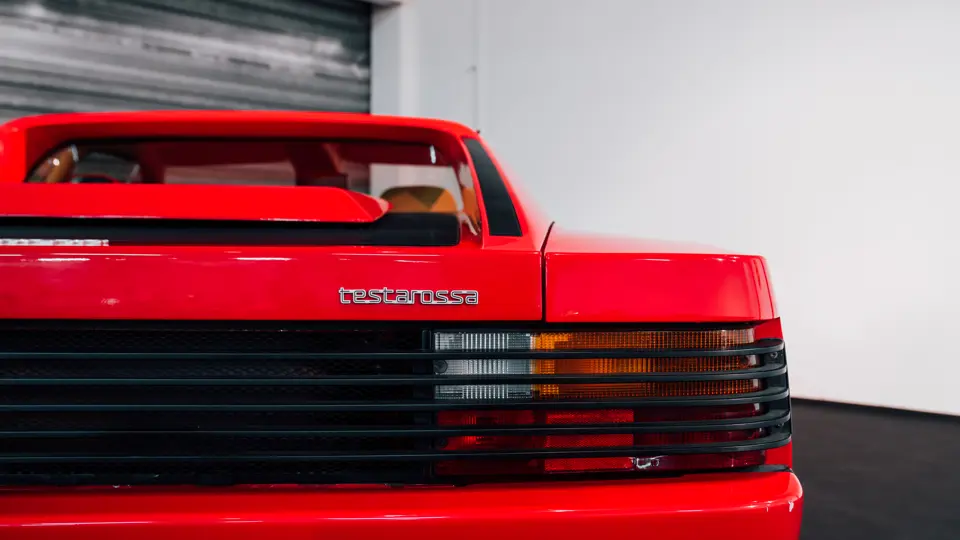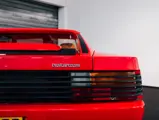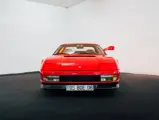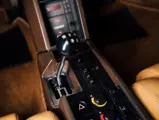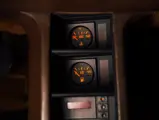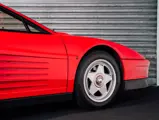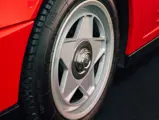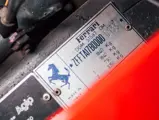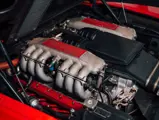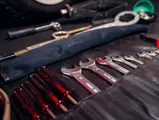
1986 Ferrari Testarossa 'Monospecchio'
{{lr.item.text}}
$218,500 USD | Sold
{{bidding.lot.reserveStatusFormatted}}
- Highly desirable ‘Monospecchio’ version of the Testarossa featuring a single mirror
- Powered by its matching-numbers 4.9-litre flat-12 engine and gated manual gearbox
- Complemented by jack, spare wheel, hub spanner, and tool roll
- Requires recommissioning following a period of static display
A wonderful misinterpretation of new legislation was chiefly responsible for early examples of the Testarossa being built with a prominent single mirror mounted halfway up the A-pillar. Ferrari’s reading of the regulations made it seem as though drivers were required to have a completely clear rearward view, so here was a way to work around the model’s unmistakable side strakes, curvaceous hips, and flat, wide rear deck lid that concealed a 4.9-litre flat-12 engine. It was an even tougher ask to obscure all these elements on the passenger side. As a result, the simplest route was to delete the mirror altogether.
It is believed that approximately only 1,000 Testarossas gained this “flying” mirror before the Pininfarina design was modified to a more conventional set-up. According to factory production data, the ‘Monospecchio’ offered here was delivered new in December 1985 to France’s famed official Ferrari importer, Charles Pozzi SA. Built in left-hand-drive form, the car was finished in the classic colours of Rosso Corsa over Pelle Beige leather upholstery. While not much is known about the early history of this chassis, in November of 2003 an engine-out service and timing belt change was carried out by Autohaus Sprau of Saarbrücken in Germany.
The Testarossa was subsequently purchased by prominent French collector Marcel Petitjean in December 2005. He kept hold of the Ferrari through to February 2022, at which point it was acquired by the consigning owner. Transported to the Middle East thereafter, this car notably retains its matching-numbers engine making 385 horsepower. It is further accompanied by a jack, spare wheel, hub spanner, and tool roll. After a period of static display, the car will require recommissioning before use.
In any guise, the Testarossa is arguably the most archetypal supercar of the 1980s. This early ‘Monospecchio’ example, complete with its distinctive single mirror design, is sure to stand out to Ferrari aficionados.













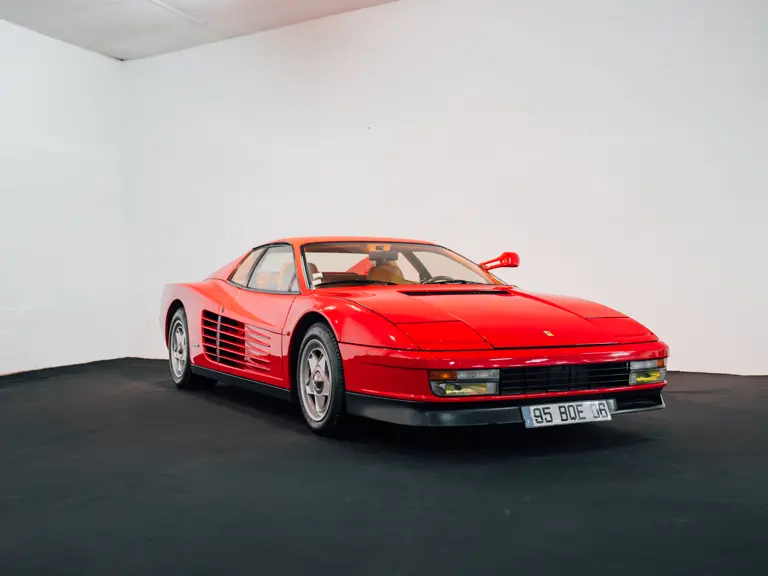

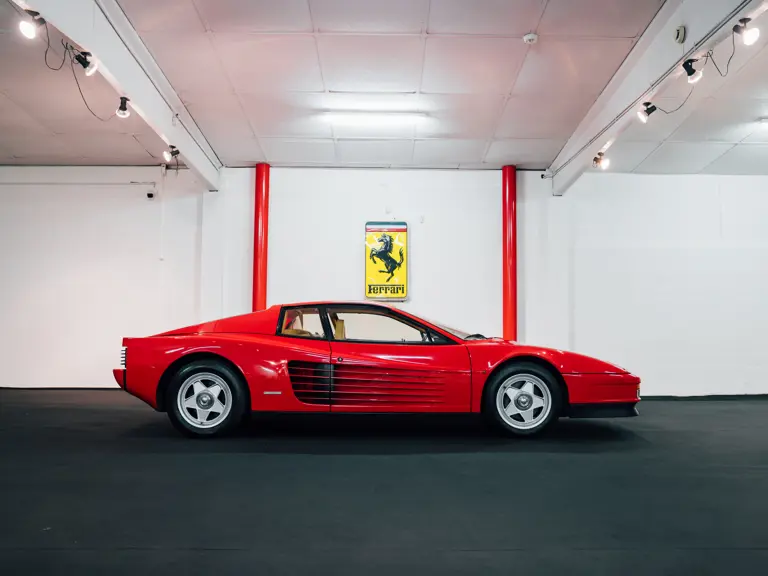



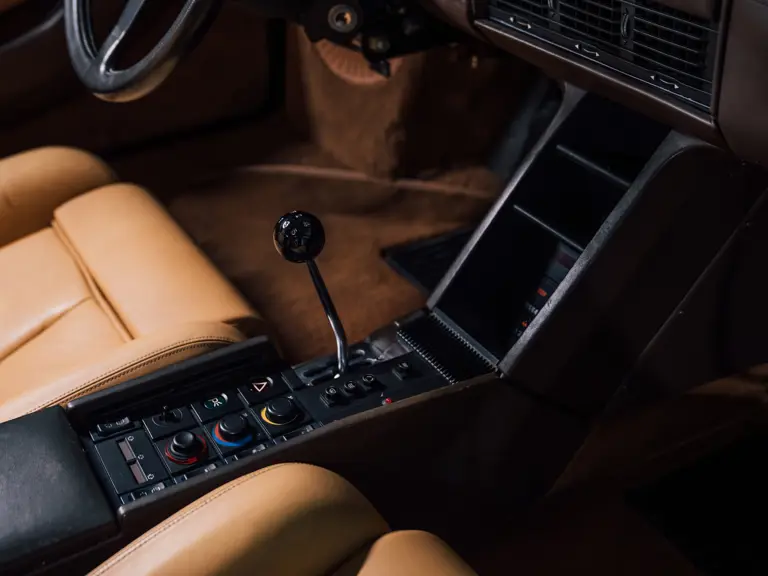

































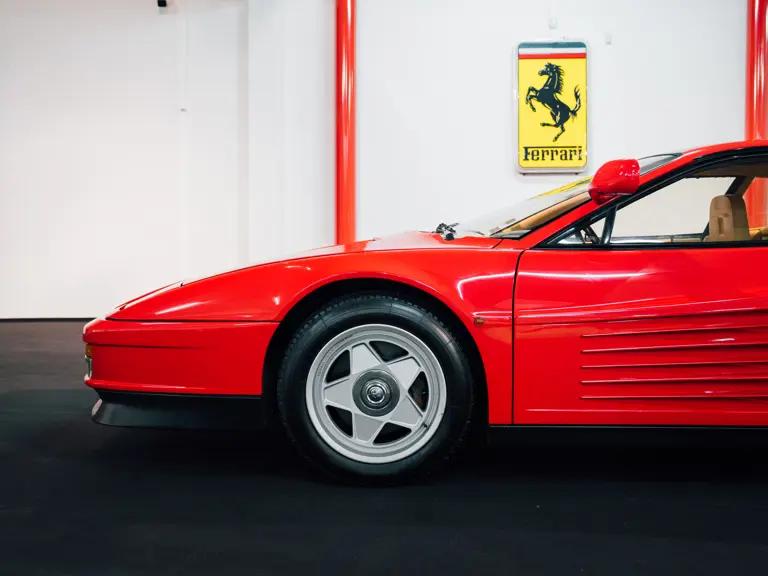



 | Dubai, United Arab Emirates
| Dubai, United Arab Emirates

